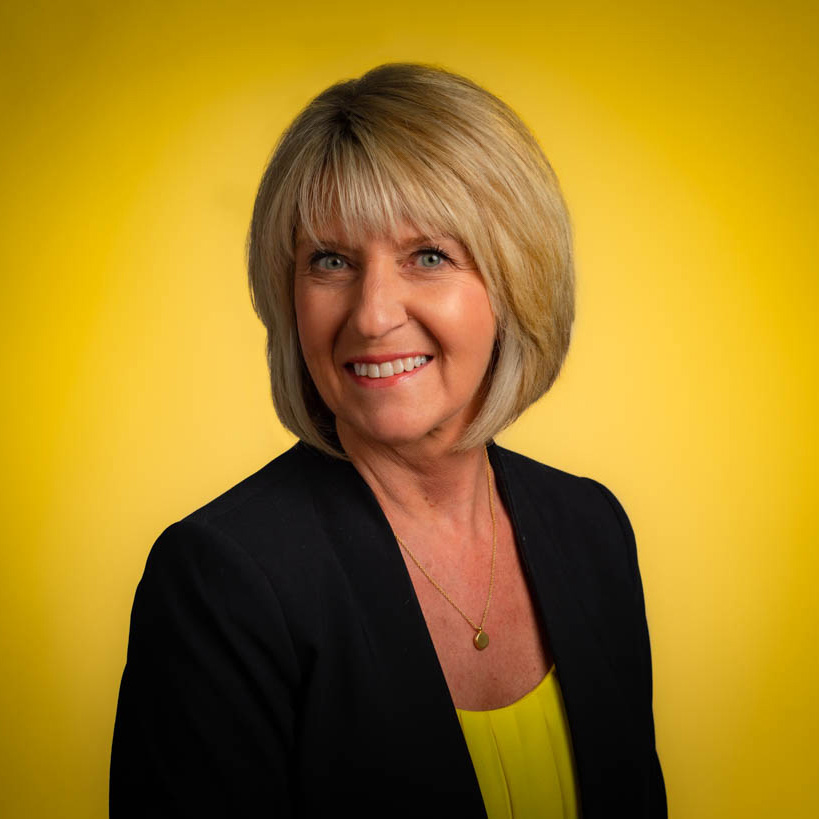The phrase “Donor Burnout” has been used in our industry for years. But is it real… or simply a myth to scare away fundraisers?
What is donor burnout?
First, let’s start with the definition of burnout: exhaustion of emotional strength or motivation resulting from prolonged stress or frustration.
But if a campaign doesn’t perform as expected, does that necessarily mean your donors are tired of giving overall? That you have asked them too many times? That they are emotionally frustrated with your ministry? Let’s not jump to conclusions too quickly…
Penelope Burk, in her best seller “Donor-Centered Leadership,” shares that to keep donors satisfied, we need to create a state of prolonged satisfaction, which keeps donors loyal and committed longer to giving.
So how do nonprofits keep donors satisfied to stop burnout before it begins?
Studies have shown there tend to be two points of emotional connection when a donor gives:
- The initial rush when they make the decision.
- The even greater elation when they learn that their gift helped achieve a meaningful and worthwhile result.
These are two critical touch points you can’t neglect. You see, donors like to give… and most of them want to hear from the recipient organization because they want to feel like they are actually making an impact!
If you remember nothing else from this article, remember this… The more you ask, the more you’ll get.
This is nearly always true. Studies have shown that the top predictor of likeliness to give is the RECENCY of the last gift. But remember, the content of your communications is equally as important as the cadence.
It’s not just HOW OFTEN you communicate with your donors, but HOW you communicate with them!
To that point, here are some helpful tips to keep your donors satisfied and energized:
Keep donors informed. 55% of donors say they never or rarely receive outcomes, so make sure you communicate with donors about how their gifts – monetary and otherwise – are being used to make a difference.
Thank your donors. Make sure your thank you letter specifically reflects how the donor’s gift is being used and send it in a timely manner. In a recent study group, 87% of donors said a thank you showing the outcome of their gift leaves them fully satisfied!
Help donors define what causes are most important to them. Make sure your donors have an opportunity to hear about all of your programs and services, and provide unique and varied opportunities for them to support your cause.
Encourage ongoing, rather than sporadic, contributions. Research shows that retention rates and annual gifts are much higher once donors become regular and monthly donors. Promote and provide easy options for recurring gifts through credit cards, direct deposit and even Venmo!
Be upfront and honest. If you’re facing a tough challenge, explain the situation and how your donors’ help can turn an obstacle into an opportunity. Don’t be afraid to reach out to them in your nonprofit’s time of need.
Empower your donors. Provide your donors with the tools they need to reach out to their network of friends, family and coworkers to become an “evangelist” for your organization. For example, encourage donors to post to their Facebook pages or start personal online fundraising pages.
So, you might still be wondering… is donor burnout real?
Will there be donors who give once and never give again? Absolutely. But it’s less likely if you build a solid, trusted relationship with your donors. Clear communication, faithful follow-through and genuine gratitude will ward off the dreaded burnout and keep their spirit of giving alive.




